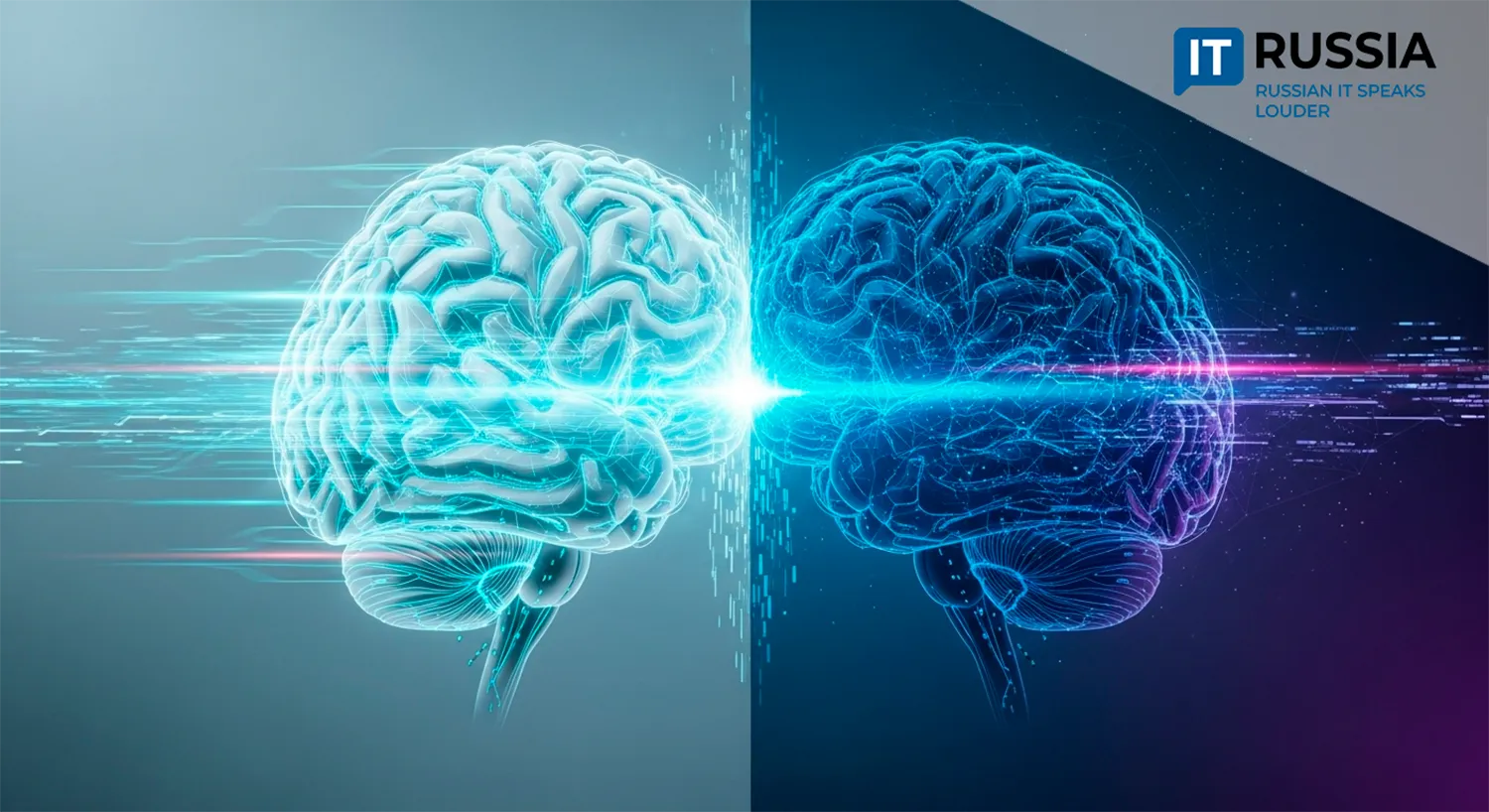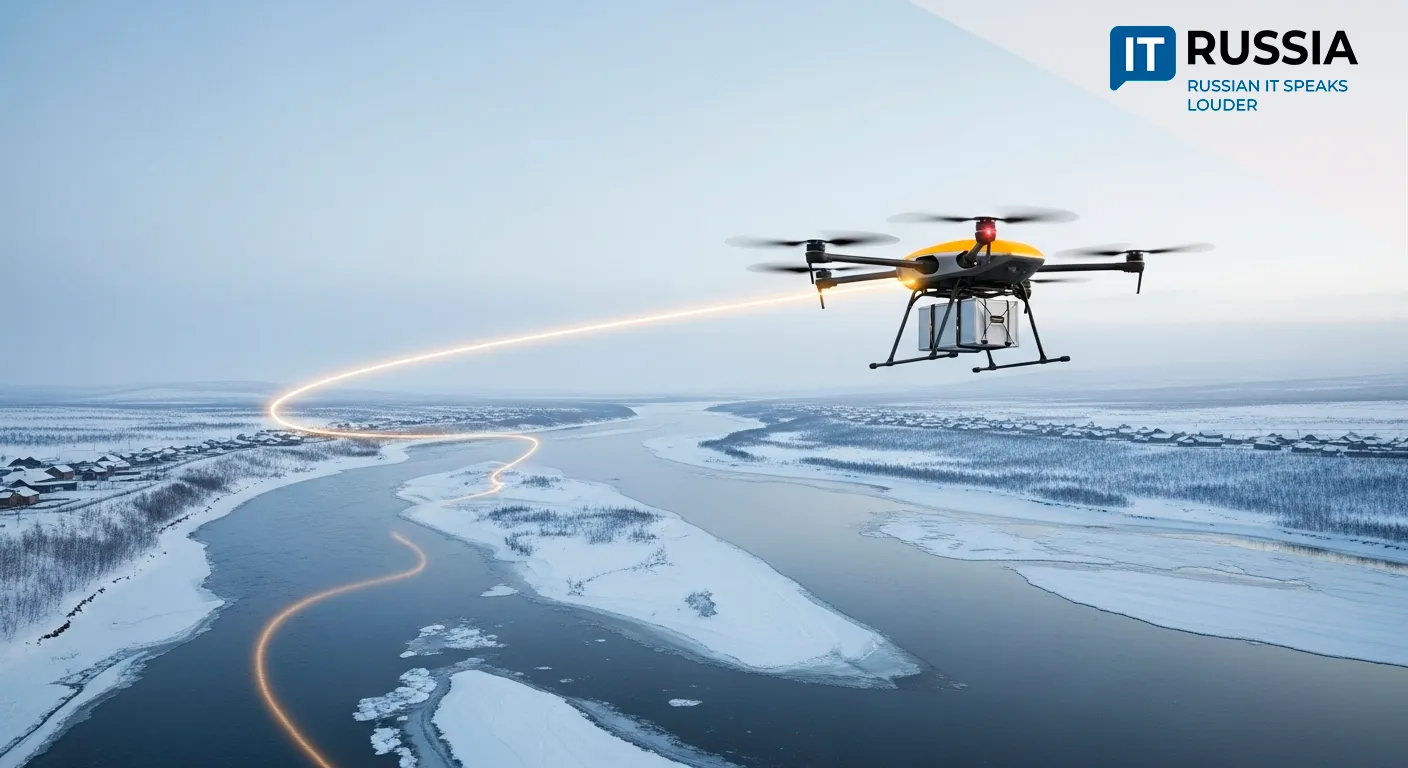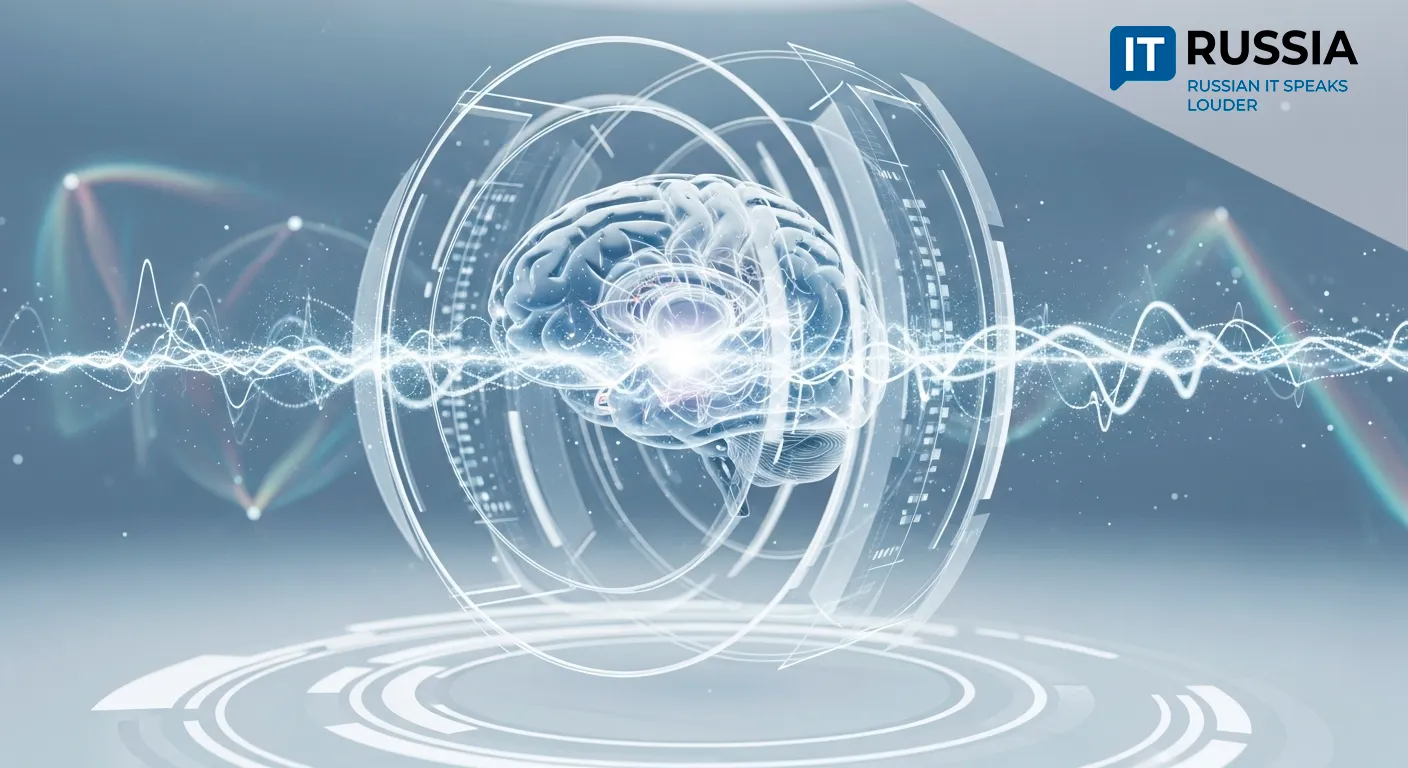Digitizing Kuzbass: How a Russian Power Plant Boosted Output With AI

A new software suite is transforming the Tom-Usinskaya GRES plant into a model of AI-driven energy efficiency, boosting output while reducing blackout risk.
Boosting Generation Through Digitalization
Tom-Usinskaya GRES, a key power generation facility for southern Kuzbass operated by Siberian Generating Company (SGK), has improved its output by 20% following the implementation of a new Russian-developed software and hardware suite. The system, called Stability Margin Monitoring (SMM), enables real-time supervision of transfer capacities and load distribution, expanding the plant’s transmission throughput to 209 MW.
This upgrade significantly reduces the risk of emergency shutdowns—especially critical during Siberian winters—and prepares the grid for integration with advanced generation technologies. It also alleviates pressure on Russia’s federal power grid by increasing the efficiency of regional networks, contributing to long-term grid resilience.

From Regional Pilot to Global Model
SGK plans to deploy the same digital system at other plants within the next one to two years. The Tom-Usinskaya case may soon serve as a benchmark for other energy regions across Russia.
The domestic software-hardware solution, tailored for extreme Siberian and Ural climates, could see uptake in CIS countries, either through licensing or as turnkey packages. In parallel, Rosseti and the Russian Ministry of Energy have established a working group with the UAE to exchange expertise in digital energy infrastructure and renewable integration projects.

Five Years of Digital Modernization
SGK began its digital transformation in 2020 with 25 targeted initiatives. A 2021 government directive made digital modernization a strategic priority for the energy sector, calling for the integration of big data and AI to support analytics and decision-making.
In 2022, SGK became the first Russian energy firm to deploy predictive analytics for improving the reliability of key infrastructure, launching an intelligent monitoring system at Belovo GRES. By 2023, SGK partnered with Novosibirsk State University to implement artificial intelligence tools and began development of a digital twin of the company’s entire energy system.
In 2024, according to Russia’s Ministry of Energy, over 40% of domestic energy firms had adopted AI-based algorithms, with another 34% planning similar deployments.

Scaling for the Future
The successful integration of the SMM suite at Tom-Usinskaya GRES has proven its value in enhancing capacity and grid reliability. SGK plans to roll out this system to other thermal plants in the next 2–3 years.
Mid-term (3–5 year) strategies include exporting customized versions of the platform for foreign use. Long-term, the vision includes developing smart power systems that support distributed generation, including renewables, all managed via domestic digital platforms.
This deployment marks a major milestone in Russian energy digitalization, showcasing how homegrown IT solutions can strengthen critical infrastructure while opening new markets.










































